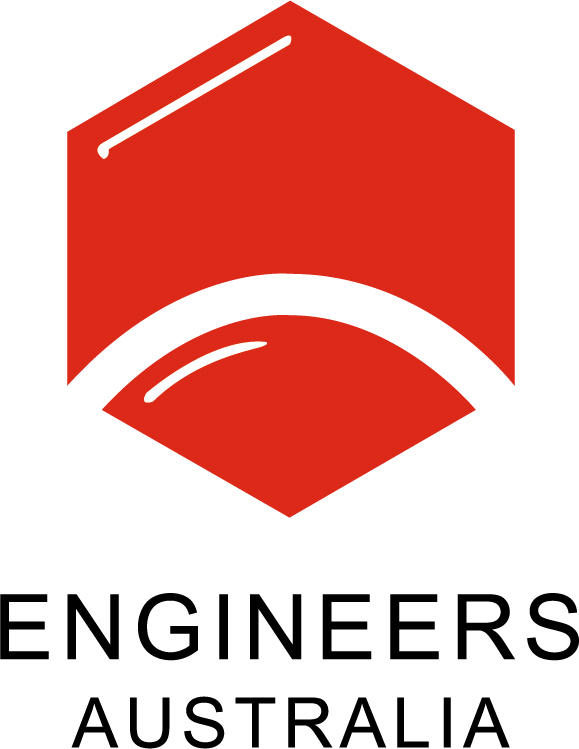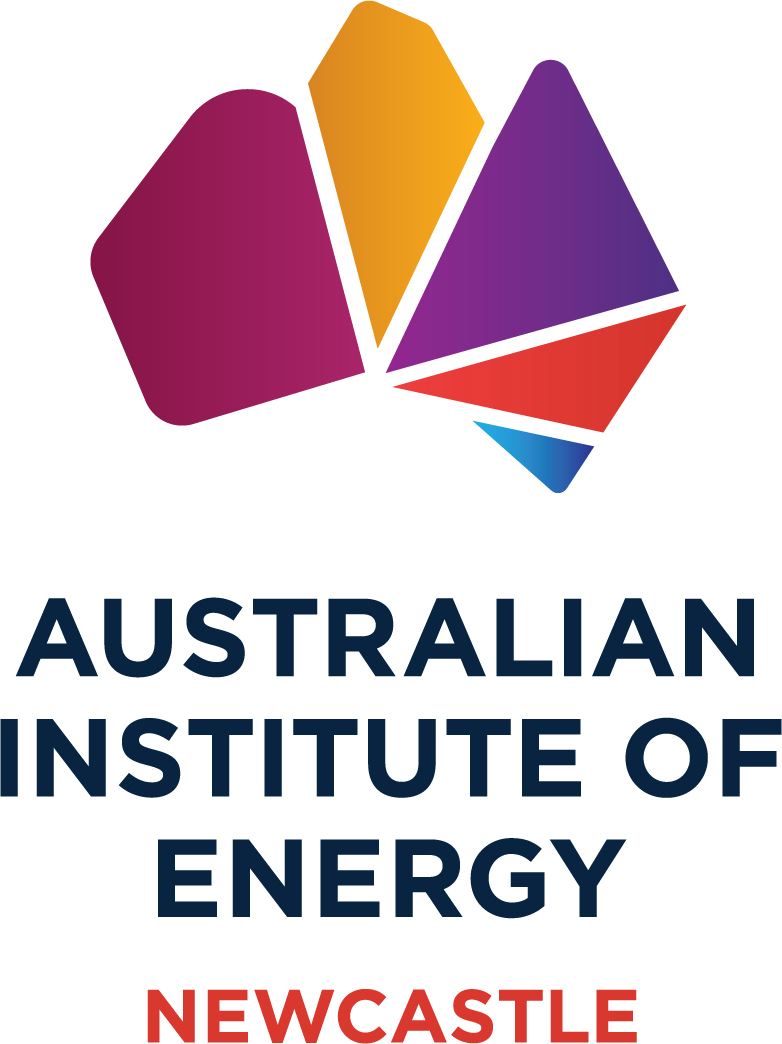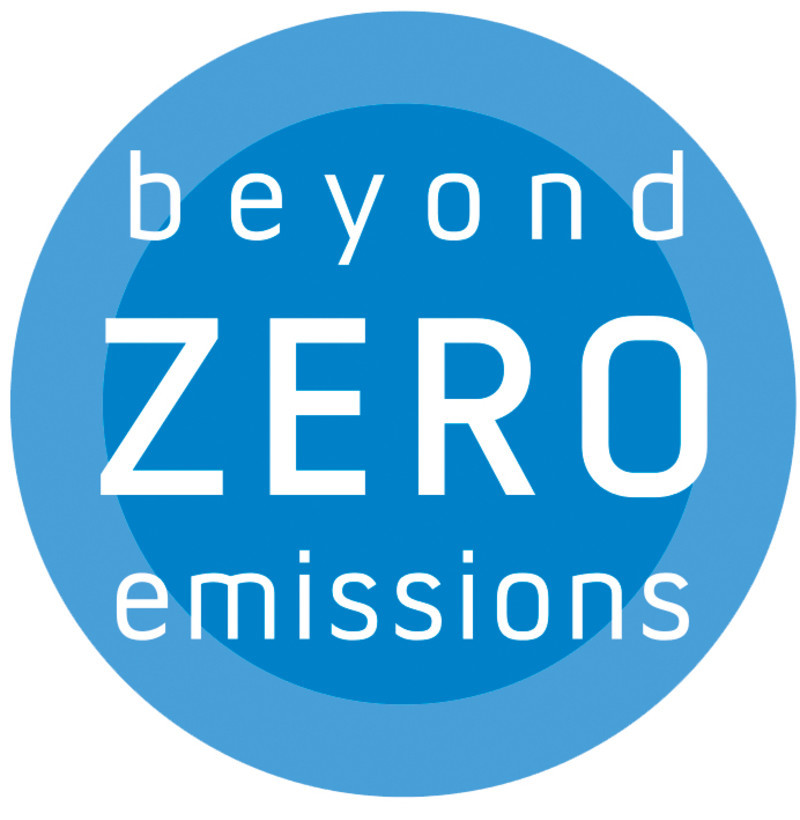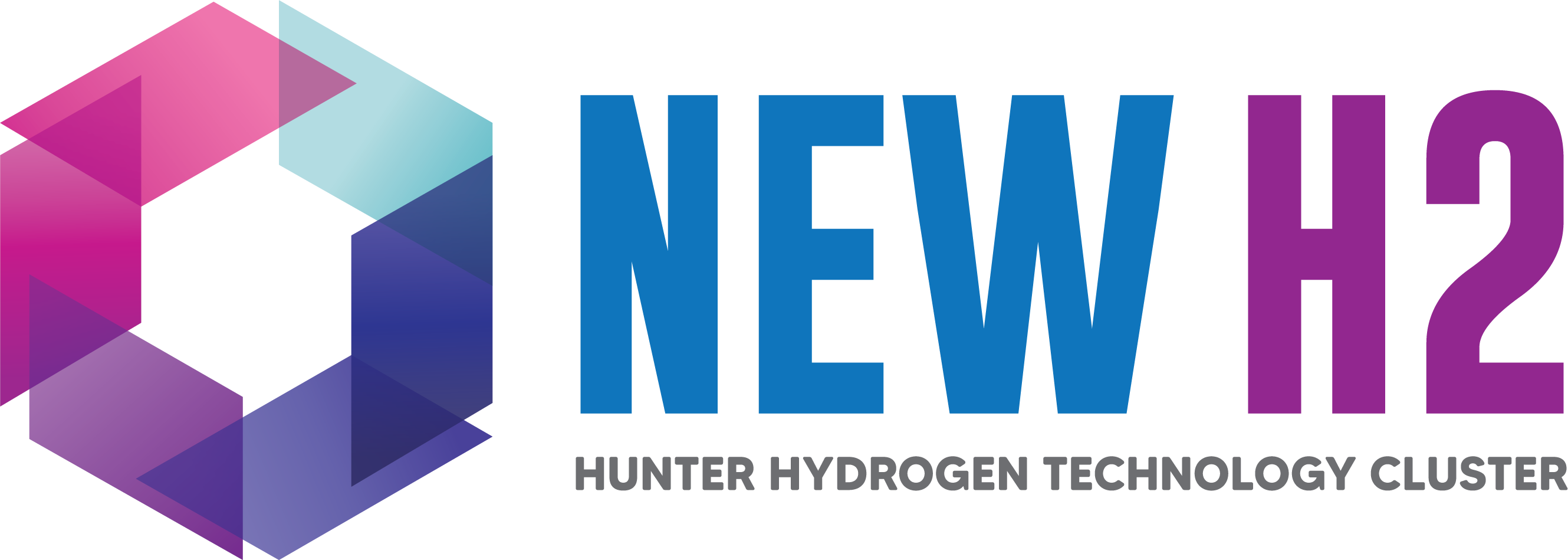The Australian Energy Market Operator releases 20-year development plan for the National Electricity Market
The 2020 ISP identifies the optimal development path for the NEM that will both maximise consumer benefits and deliver $11 billion in net market benefits to 2040.

AEMO’s Managing Director and CEO, Audrey Zibelman, said that the ISP undertakes a comprehensive review of the changes that are occurring in the electricity system and identifies the series of supply and network investments that can best meet consumer expectations of affordable and reliable electricity.
“The ISP analysis confirms that as our coal plants retire, the least-cost transition of the NEM will be to a highly diverse portfolio consisting of distributed energy resources (DER) and variable renewable energy (VRE), supported by multiple dispatchable resources,” Ms Zibelman said.
“To enable the expected rise in renewable energy, the ISP identifies strategic investments in transmission infrastructure and renewable energy zones (REZs), which when coupled with low-cost firming resources, will be the most cost-effective way to add generation capacity and balance variable resources across the NEM.
“In progressing these projects, it is critical that the cost of building transmission lines is tightly managed to ensure consumers derive these benefits,” she said.
The work of producing the Final 2020 ISP has also highlighted essential market and regulatory reform needed to ensure consumers reap the benefit of the future power system.
Through extensive consultation, which included the publication and review of the Draft 2020 ISP in December 2019, AEMO considered many possible operating environments, transition scenarios and sensitivities to rigorously test and identify significant change in the investments needed for the NEM to 2040. These are broadly classified as:
- DER: expected to double or triple, providing 13 to 22 per cent of total underlying annual energy consumption.
- VRE: more than 26 gigawatts (GW) of new VRE is needed to replace coal-fired generation, with 63 per cent of coal-fired generation set to retire.
- Dispatchable resources: 6-19 GW of new dispatchable resources are needed to back up renewables, in the form of utility-scale pumped hydro, fast responding gas-fired generation, battery storage, demand response and aggregated DER participating as virtual power plants.
- Power system services: the growing need to actively manage power system services (voltage control, system strength, frequency control, inertia, ramping and dispatchability.
- Project EnergyConnect: a new 330 kV double-circuit interconnector between South Australia and New South Wales, which is close to completing its regulatory approval process. The project completion is expected by 2024-25;
- HumeLink: a 500 kV transmission upgrade to reinforce the NSW southern shared network and increase transfer capacity between the Snowy Mountains hydroelectric scheme and the region’s demand centres. This project commenced its regulatory approval process earlier this year, with project completion due by 2025-26; and
- The transmission grid: strategically placed interconnectors and REZs, coupled with firming resources, to add capacity and balance variable resources across the NEM.
Over an 18-month period, AEMO consulted on and developed the ISP that includes the least-cost investments to optimise net market benefits and deliver low-cost, secure and reliable energy through a comprehensive range of plausible energy futures for the NEM.
The 2020 ISP identified four categories of transmission projects ‒ committed, actionable, actionable (with decision rules) and future ISP projects ‒ permitted to be developed by the transmission network service provider through the Renewable Investment Test - Transmission (RIT-T) process.
Previously committed ISP projects include South Australian system strength remediation, the Western Victorian Transmission Network Project, and QNI Minor, which is the addition of 150 MW of capacity on the NSW-Qld interconnector.
2020 actionable ISP projects include:
· VNI Minor: a minor upgrade to the existing Victoria ‒ NSW Interconnector (VNI), which is close to completing its regulatory approval process, with project completion expected in 2022-23;
· Central-West Orana REZ Transmission Link: network augmentations to support the development of the Central-West Orana REZ. The project completion is due in 2024-25.
Two further projects are deemed actionable with additional decision rules:
· VNI West: a new high voltage alternating current (HVAC) interconnector between Victoria and NSW; and
· Marinus Link: two new HVDC cables connecting Victoria and Tasmania, each with 750 MW of transfer capacity and associated alternating current transmission.
Future ISP projects include major upgrades to the NSW-Qld interconnector, and grid augmentations in QLD, NSW and Victoria, which are all included in the optimal development path for the NEM.













